We finally took a road trip! This trip was dedicated to several archeological sites. Our next one will involve beaches and/or wine.
We went to Kolossi Castle and Ancient Kourion on the first day. I drove. I’ve never driven a car with the steering wheel on the right-hand side, nor have I driven on the left (a.k.a. “wrong”) side of the road. I expected it to be super awkward. Oddly enough, it wasn’t. I admit to walking to the left side of the car the first time, but I approached the correct door after that. I was amused to see several signs instructing drivers to “Drive in the Left Lane!” as it indicated that we were not the only ones accustomed to driving in the right lane.
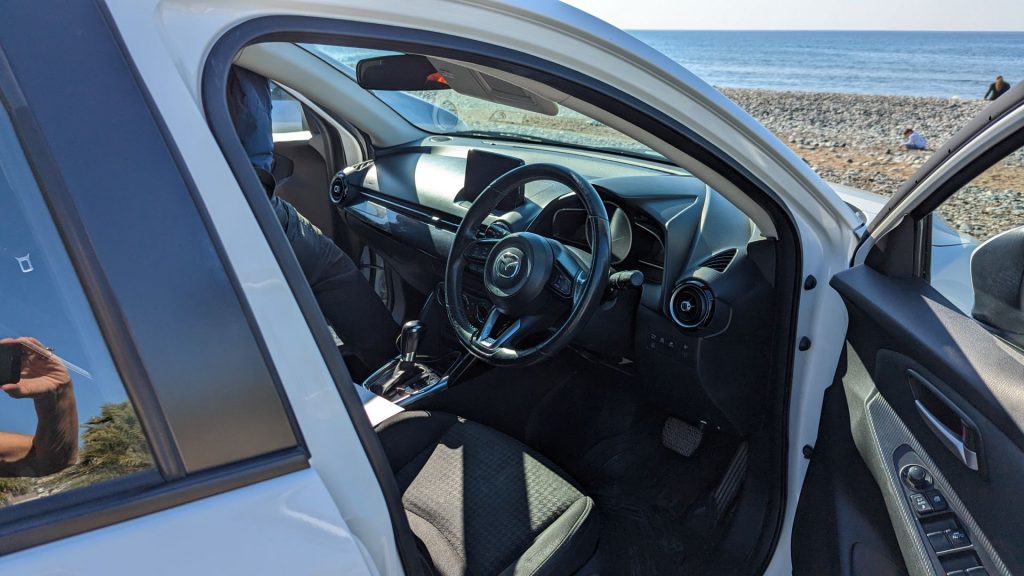
Kolossi Castle is about 1 hour and 20 minutes west of Ayia Napa Marina. It is a three-story castle, 21 m high with walls 1.25 m thick. Its four sides are 16 m long externally and 13.5 m long internally. It is thought that the original castle was built at the beginning of the 13th century. Remains of the original building are preserved on three sides. The well also stands out among the ruins. In 1454, the Commander of Kolossi (a.k.a. Grand Master of the Order of St. John), Louis de Magnac, built a new stronger castle that is what one sees today. His coat of arms is carved into the castle’s walls. The castle today consists of three stories in a single keep.
The castle has fortifications but it appears to have served the role of an agrarian and administrative center of the area rather than a defensive role. That said, one of my favorite features of the Castle is a machicolation with five openings (murder-holes) for dropping rocks, boiling water or hot oil on an enemy. The machicolation is located high on the castle wall above the southern entrance, located on the first floor of the castle, which was originally accessed via a drawbridge.
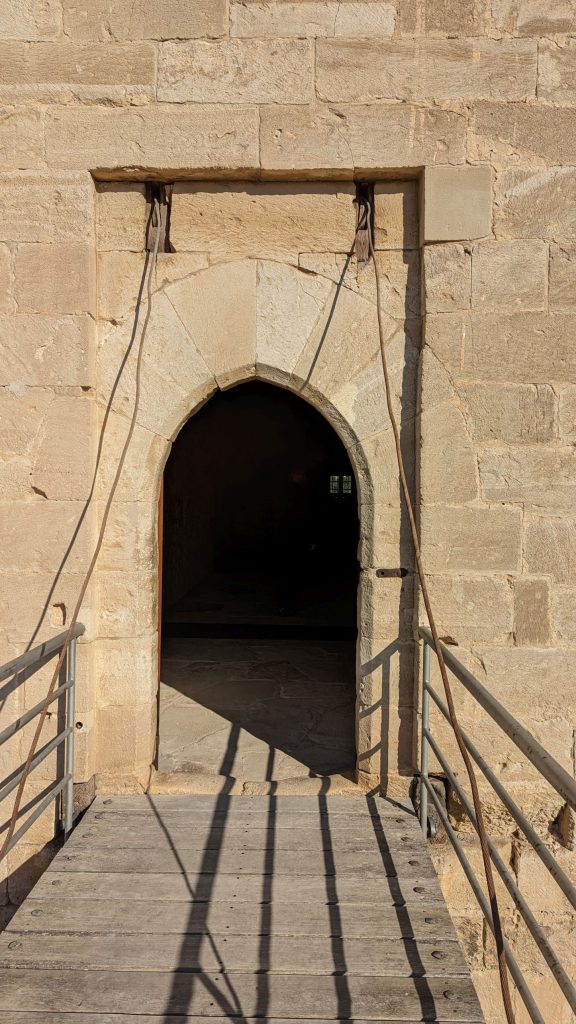
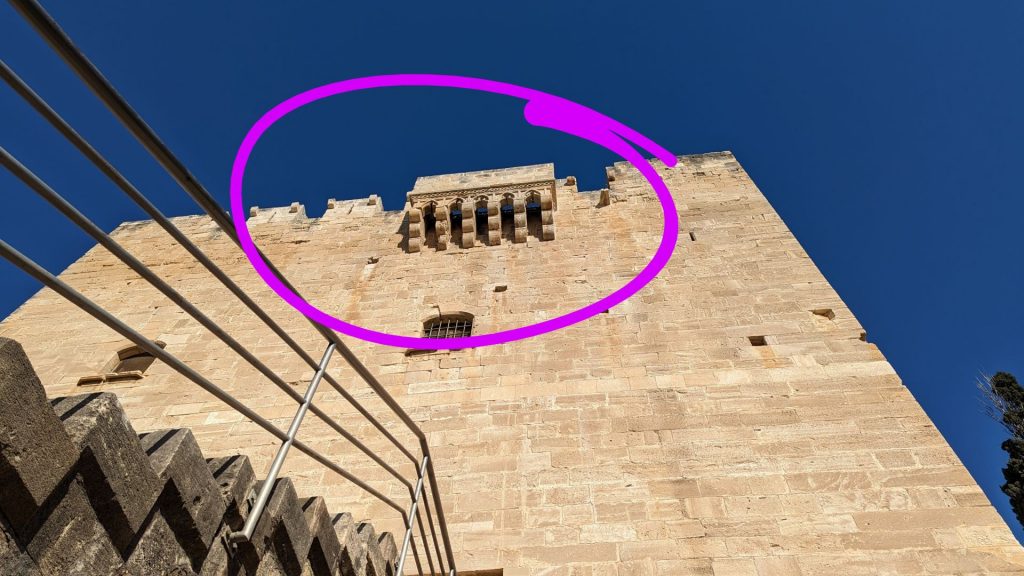
As you first approach the castle you can’t help but miss the two huge trees. These are two huge age-long trees, a cypress and a kind of acacia (machaerium), approximately 200 years old and 26 meters tall.
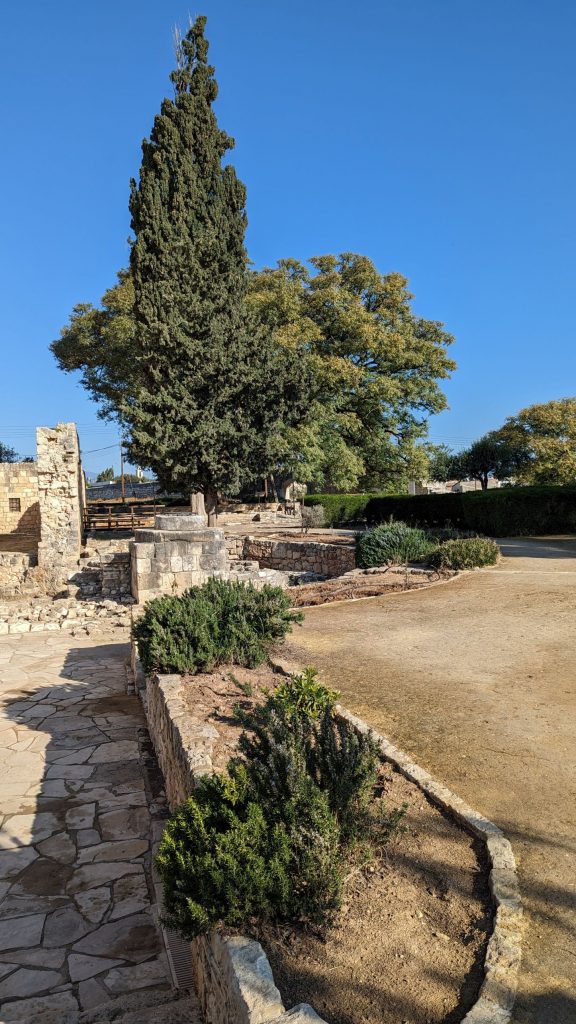
Here are a few pictures of the Castle:
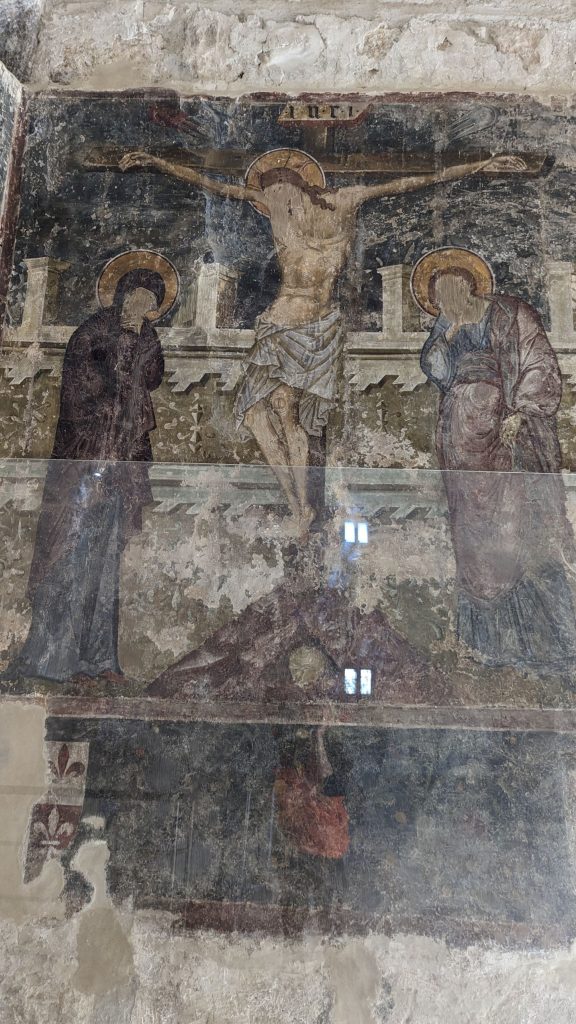
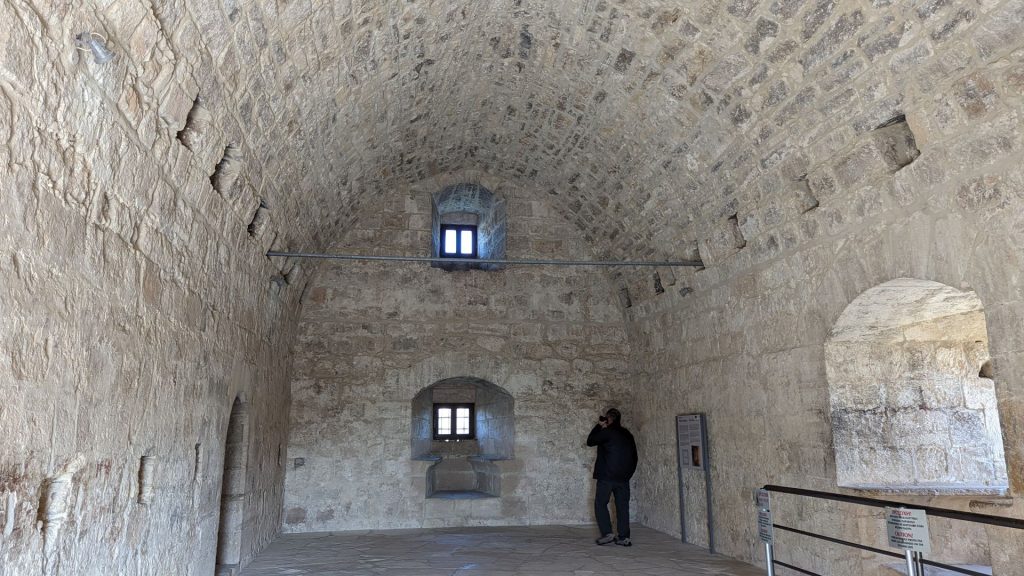
Both the first and second floors contain putlog holes (see along the top of the walls) indicating that a timber floor would have created an attic story. The attic would have been lighted by windows on the rooms’ short walls. It is thought that the attic was used for storage purposes.
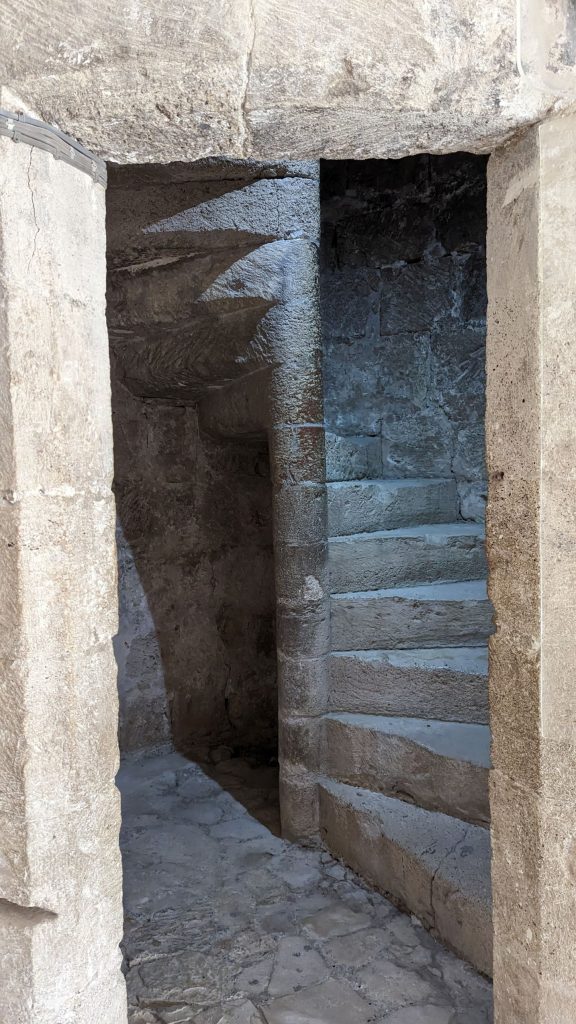
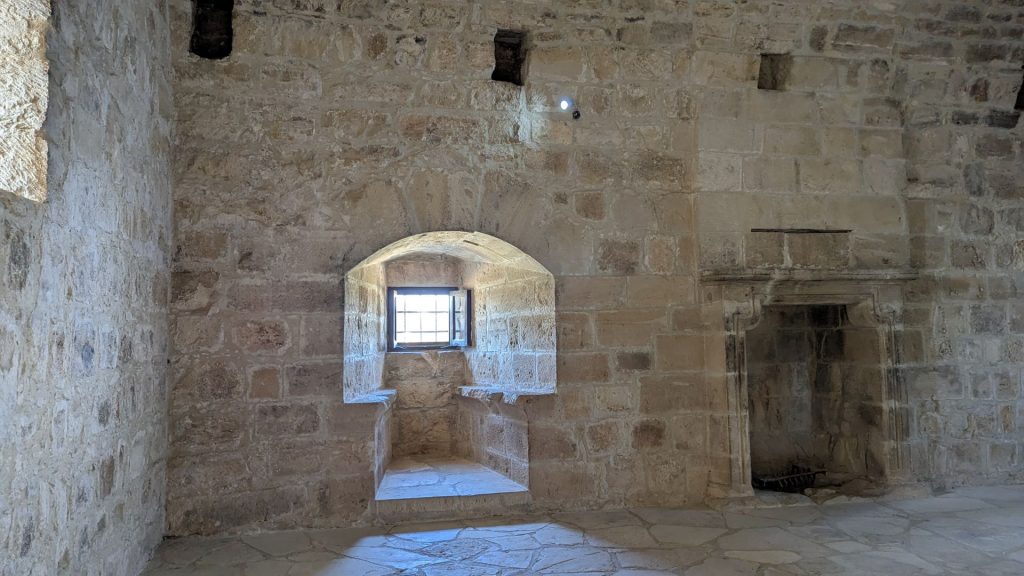
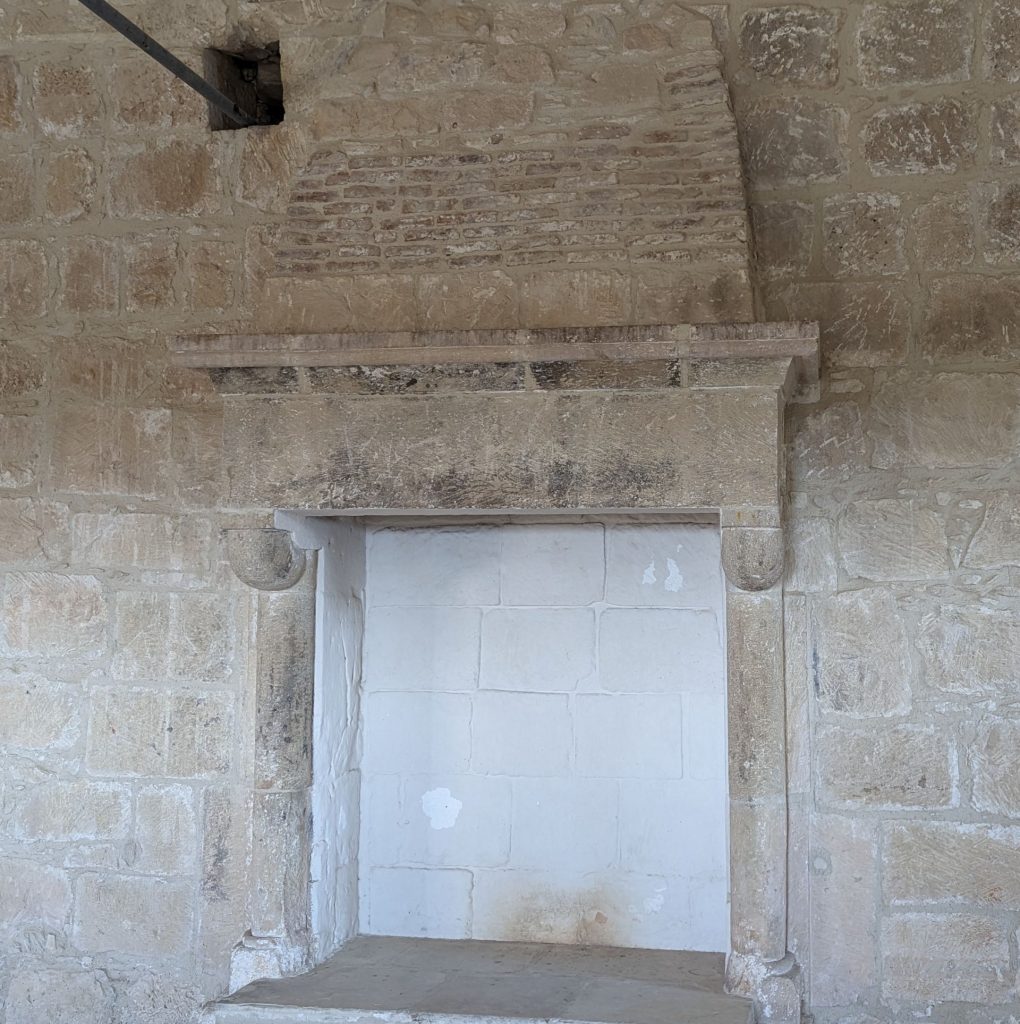
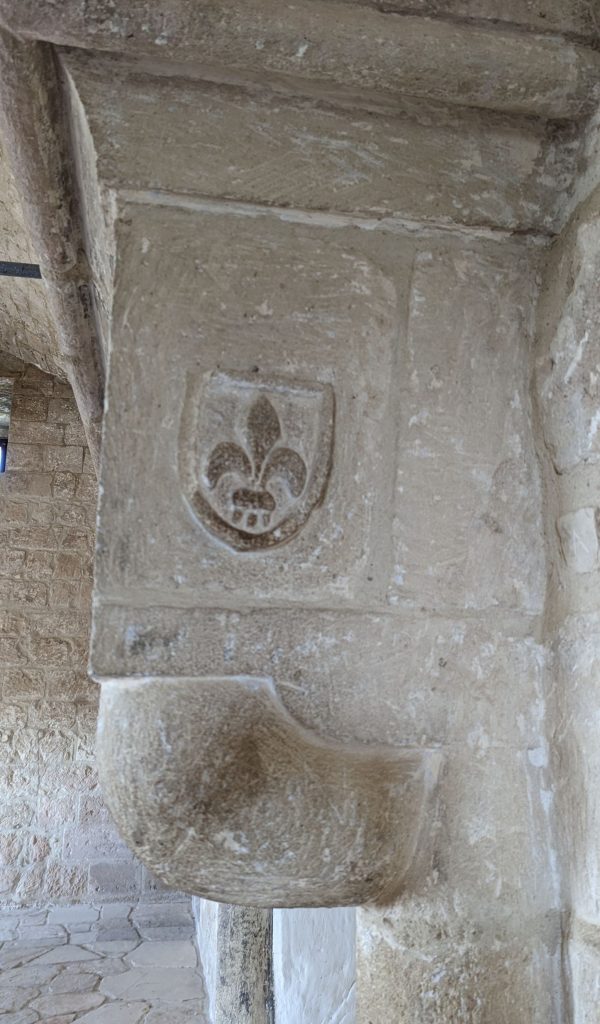
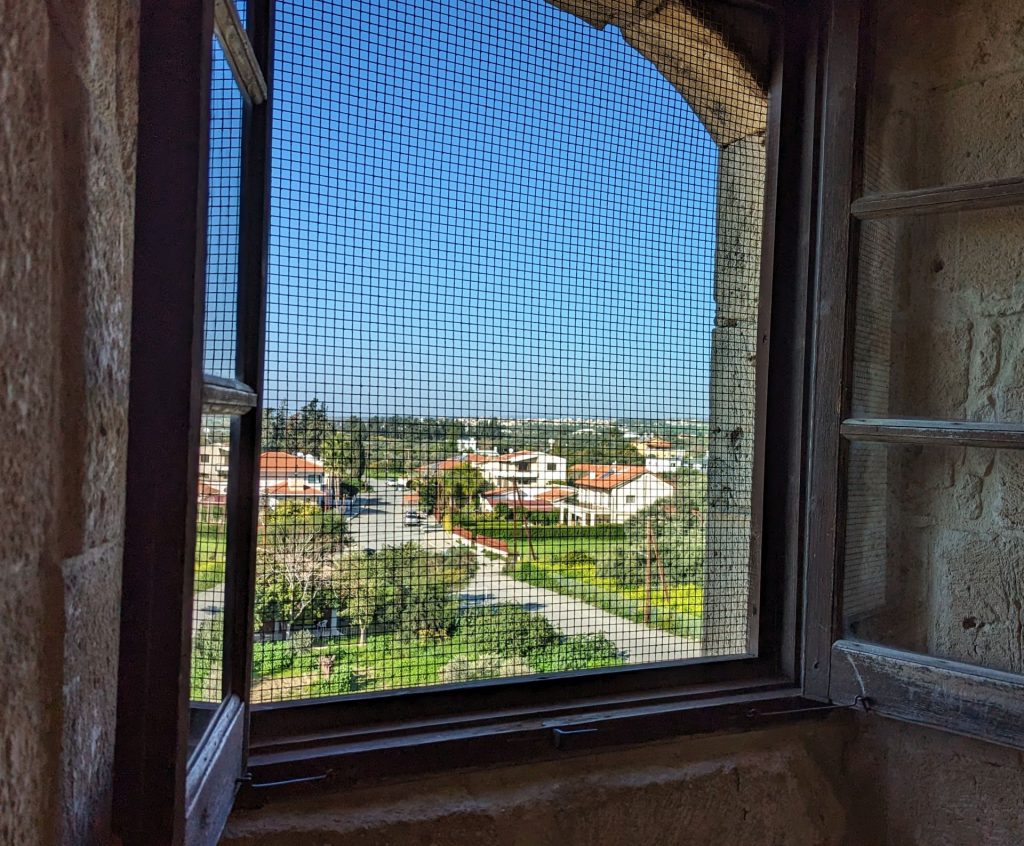
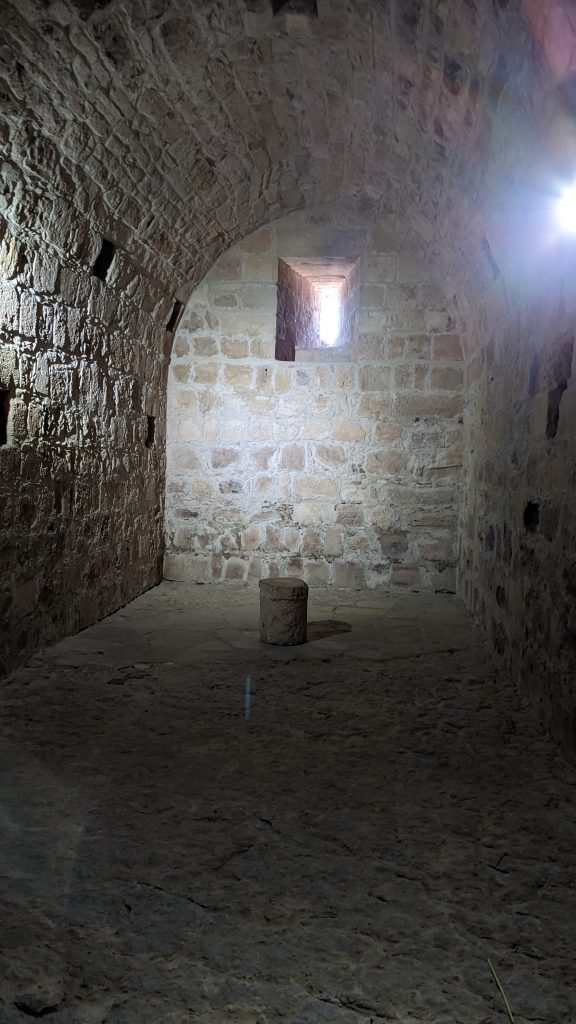
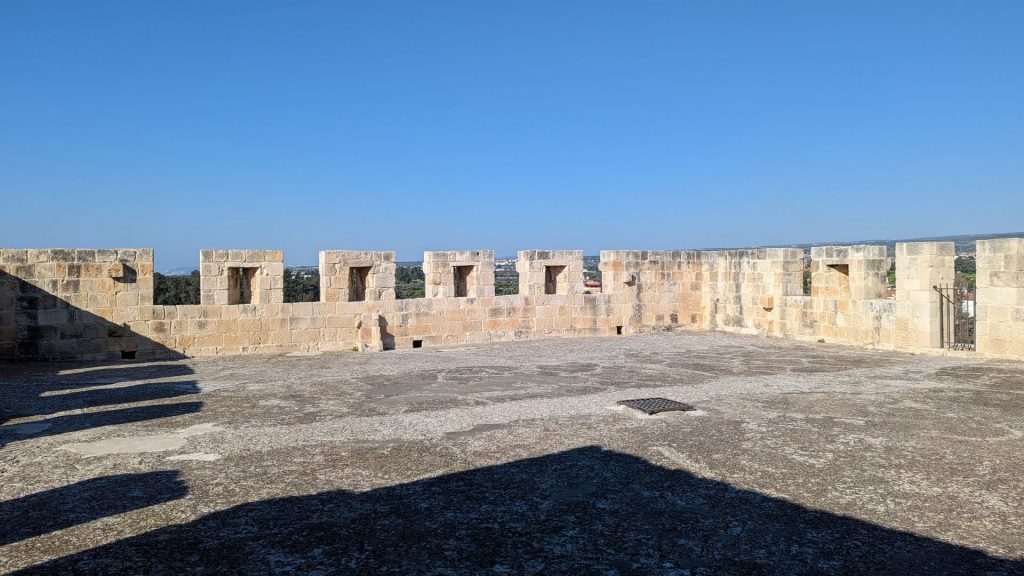
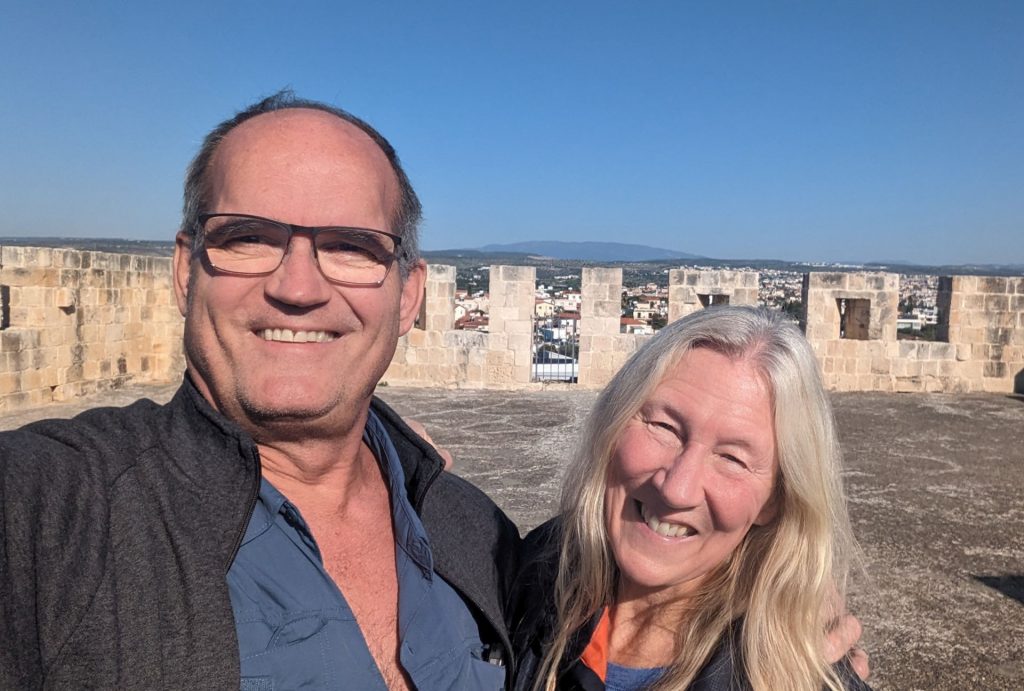
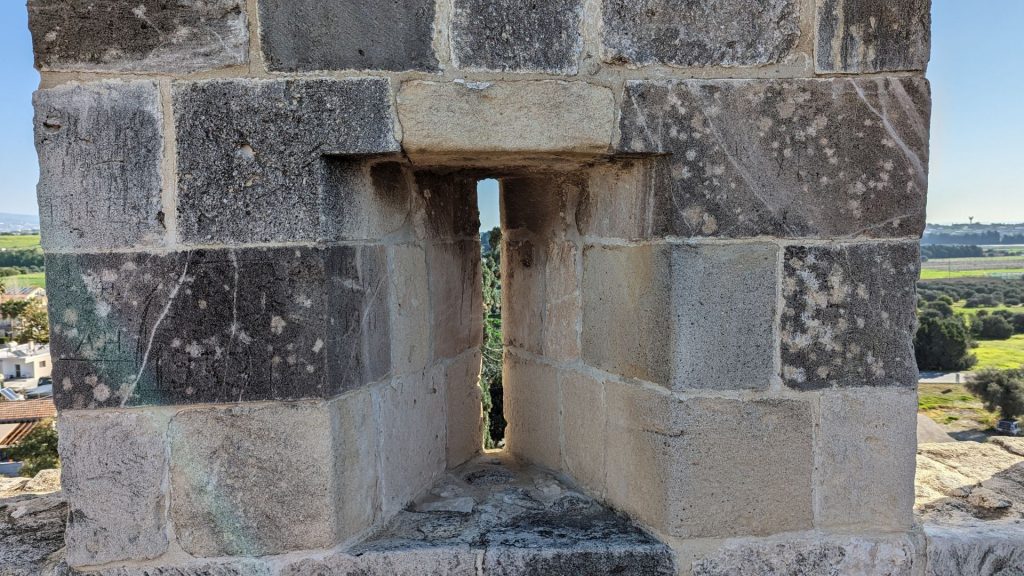
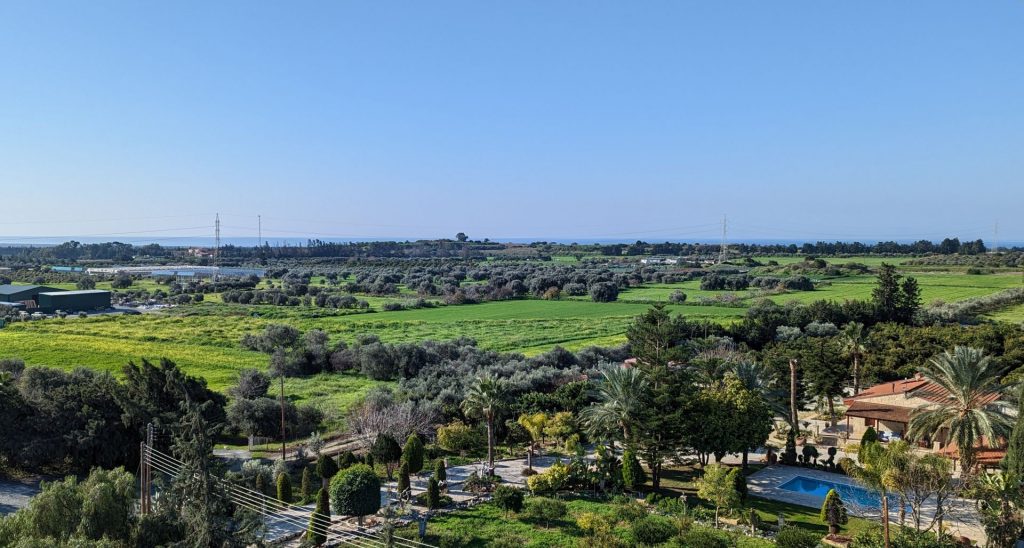
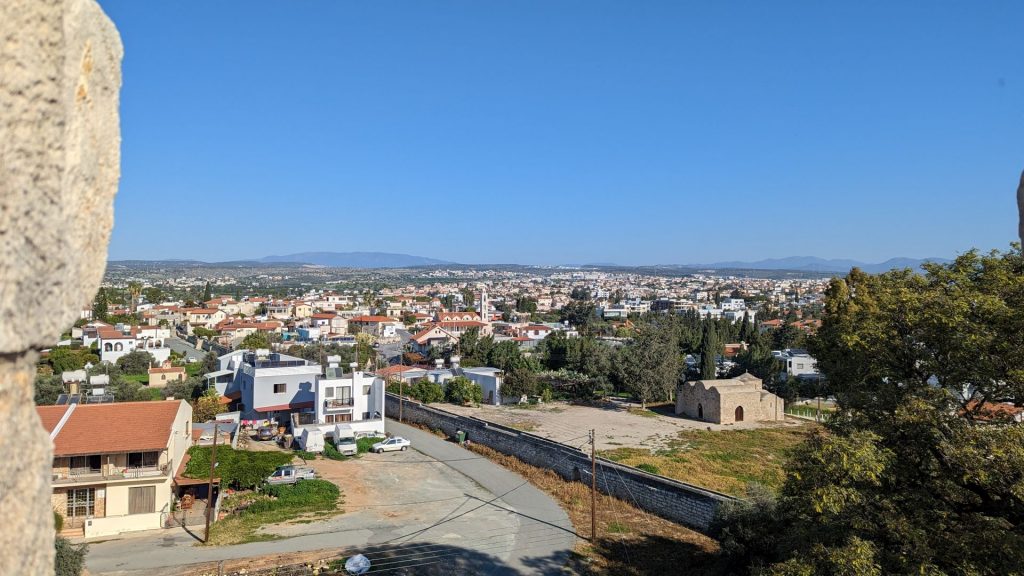
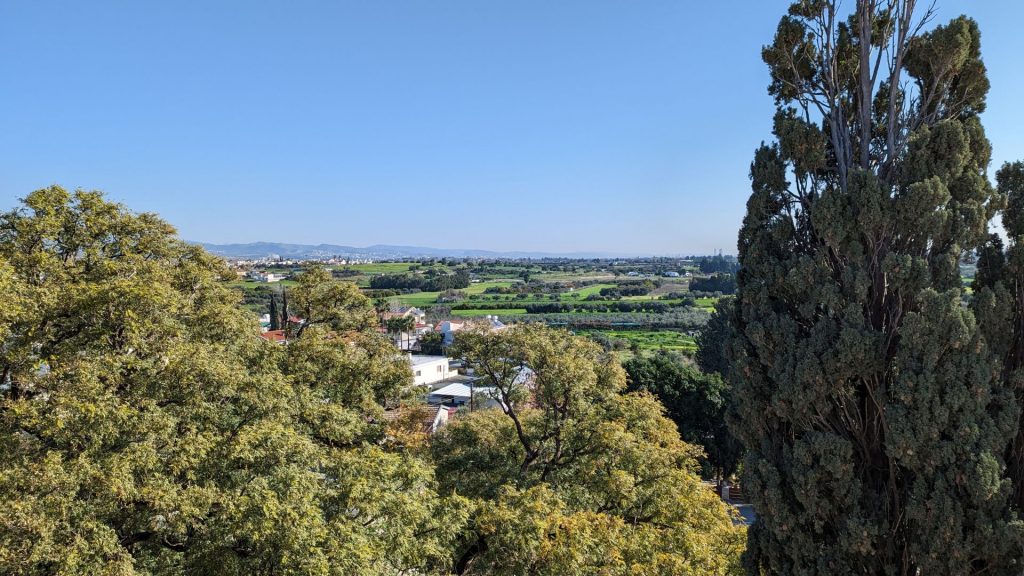
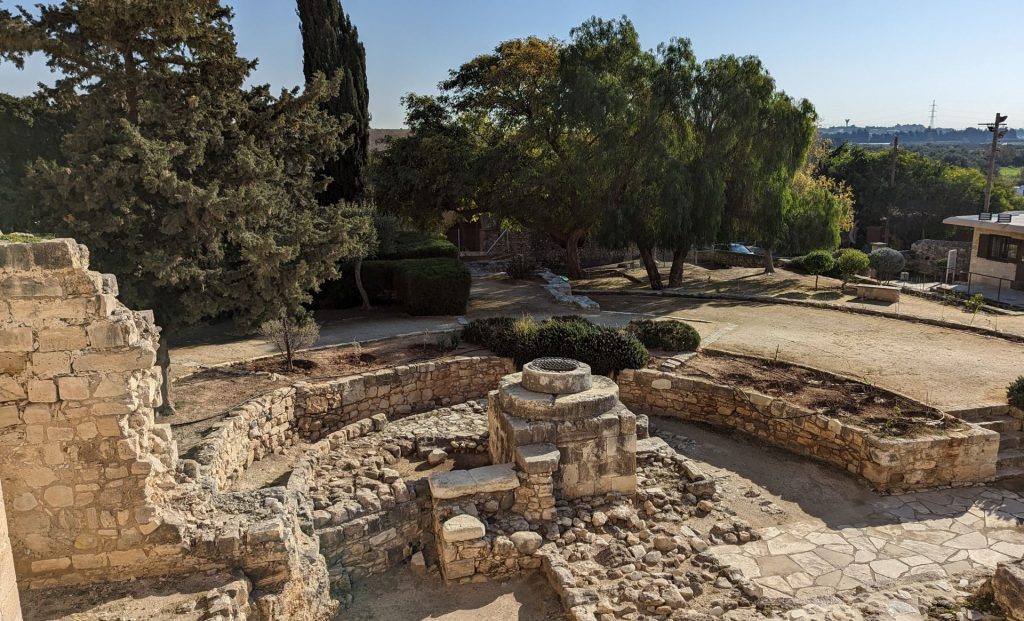
The exterior wall on the east side contains a cruciform marble slab with an escutcheon (emblem in the shape of a shield) in its center, which is divided into four sections. The four sections depict the – then – complete coat-of-arms of the Lusignans of Cyprus. The upper left section contains the emblem of Jerusalem, the upper right is the old Lusignan coat-of-arms. In the lower sections one sees the emblem of Cyprus and Little Armenia, the roaring lion. These four compartments make up a unity, since as of 1393 the king of Cyprus was also king of Jerusalem and Armenia.
The central escutcheon is flanked by the coats of arms of two Grand Masters of the Order of St. John of Jerusalem: Jean de Lastic (left) and Jacques de Milli (right). Below the central escutcheon is the coat-of-arms of Louis of Magnac (again).
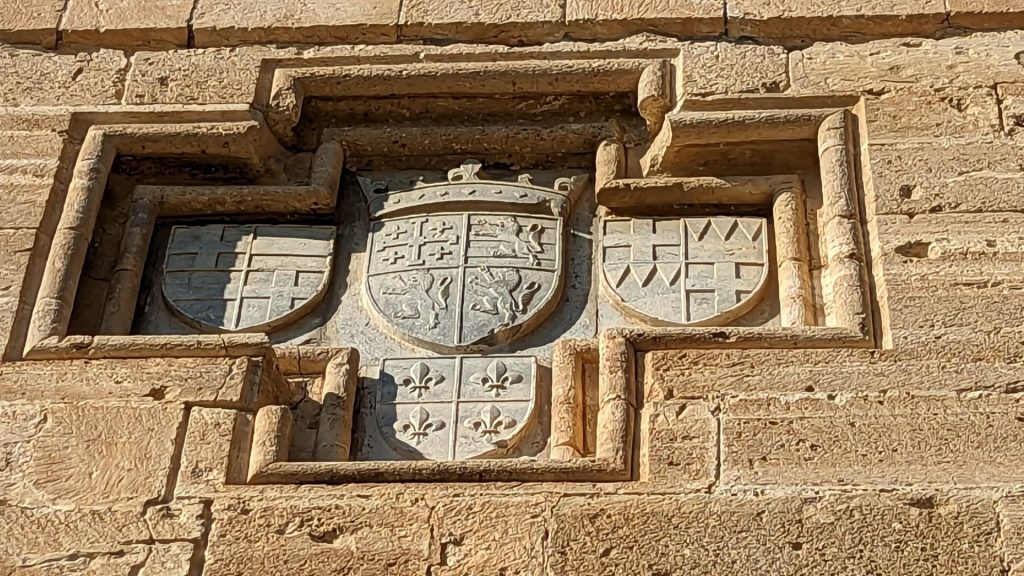
The area where the castle sits is known for its sugar and sweet wine. There is a sugar factory dating from the 14th century to the east of the castle. To the north of the factory are the ruins of the sugarcane crushing mill. Farther north are the remains of an aqueduct. The sugar mill was fed by the Kouris River through the medieval aqueduct. The water powered the millstone which crushed the sugarcane once it had been stripped of its leaves and cut into small pieces. The juice then flowed into cauldrons and was boiled. The sugar factory was seriously damaged in two earthquakes in the 1500s. Excavators believe that over a certain period, during the Ottoman occupation and, perhaps, English rule, the factory was transformed into a flour mill.
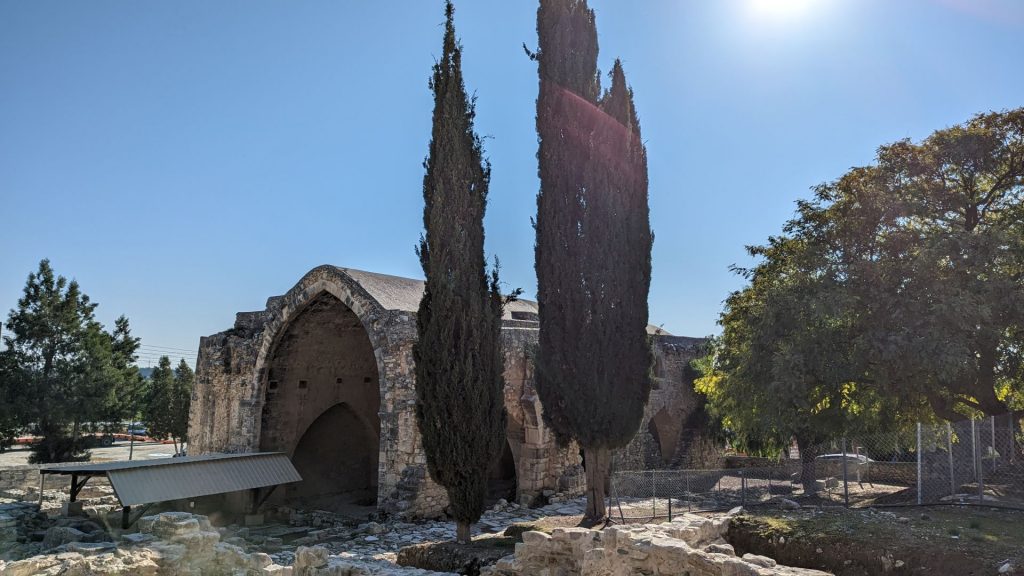
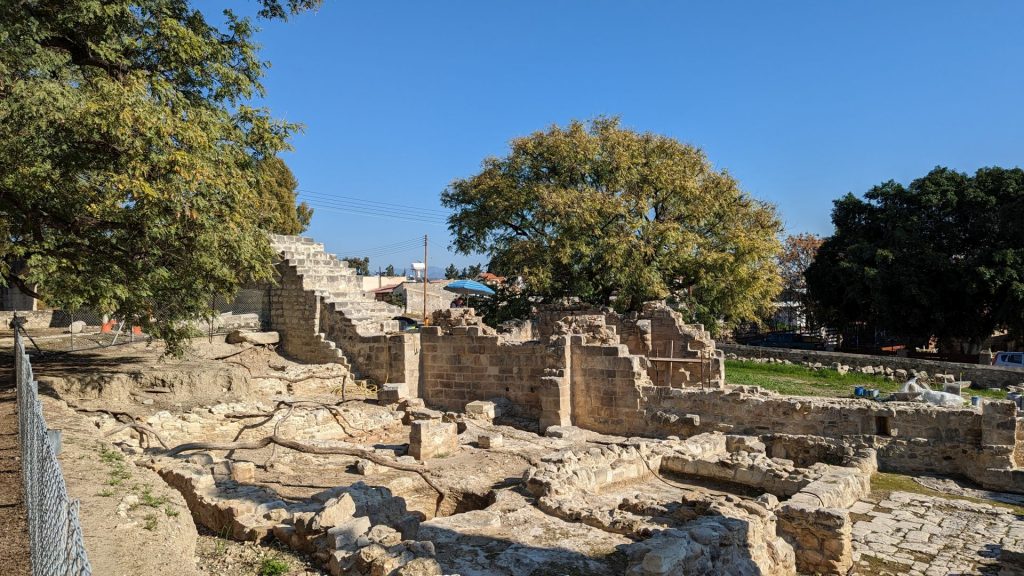
Part 2 of this post will contain information about our visit to Ancient Kourion.
